10 Animals That Have Incredible Camouflage Techniques
Nature is full of incredible tricksters—animals that have mastered the art of disappearing. Camouflage isn’t just about blending in; it’s a mix of color, shadow, patterns, and even behavior. Some animals mimic their surroundings perfectly, while others use clever markings to throw off predators. These survival skills have been fine-tuned over millions of years, shaping how they hunt, hide, and thrive. Studying these creatures gives us a fascinating look at evolution and the secrets of the wild. So, let’s dive in and meet ten amazing animals that have turned staying hidden into an art form.
1. Cuttlefish
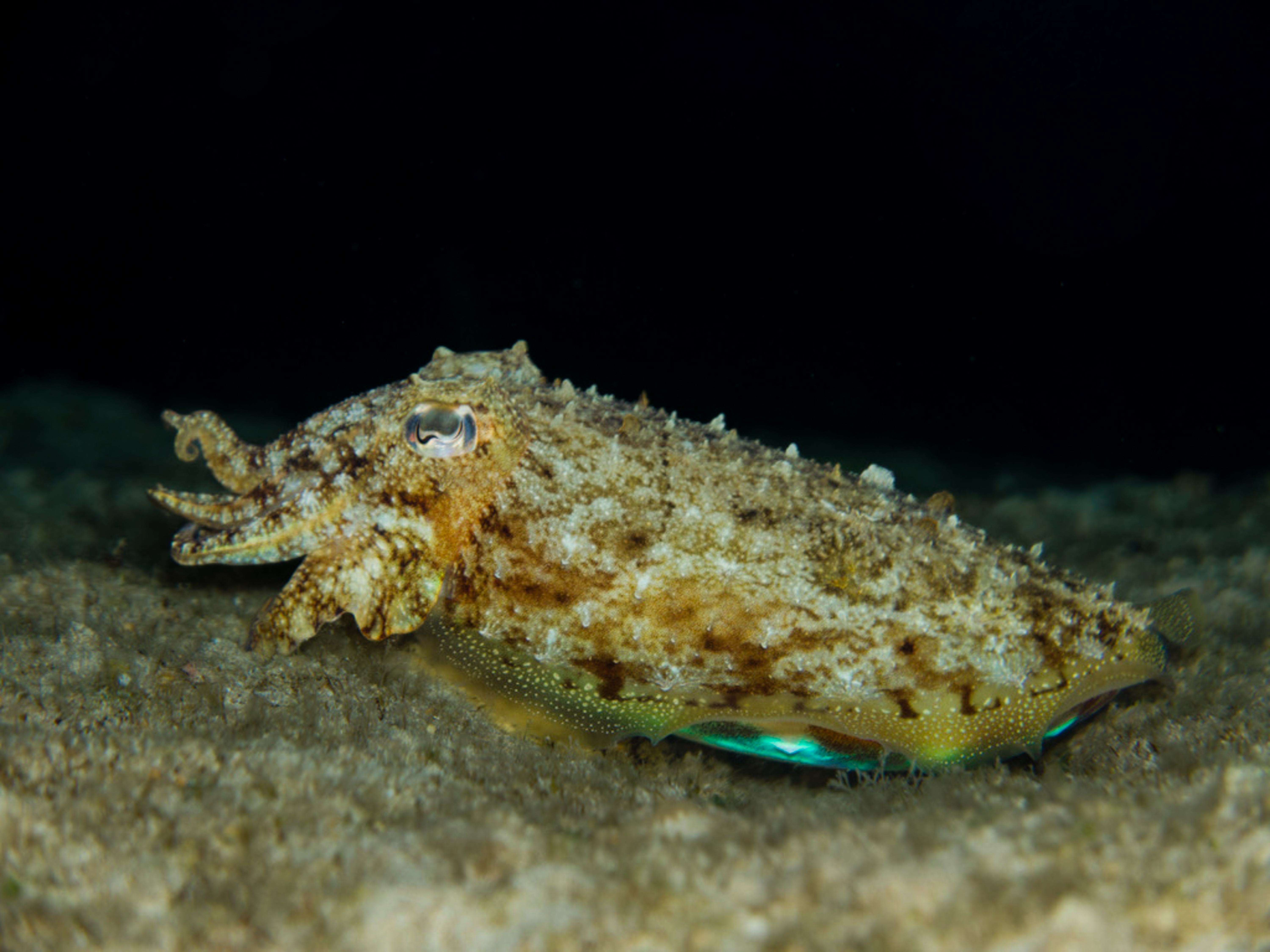
The cuttlefish is the ultimate underwater shapeshifter, able to change color and texture in the blink of an eye. Its skin is packed with special cells that shift pigments instantly, while deeper layers reflect light to add shimmer and depth. This lets the cuttlefish blend seamlessly into sand, rocks, or coral, making it nearly invisible. But it’s not just about color—cuttlefish can also change their skin texture, sprouting tiny bumps or smoothing out to match their surroundings. This talent isn’t just for hiding; it’s a hunting superpower, allowing them to sneak up on prey undetected. Scientists studying cuttlefish camouflage are uncovering incredible insights into how their brains and muscles work together to pull off these instant transformations. Their unique abilities are even inspiring new materials and technology, from adaptive camouflage to bio-inspired design.
2. Leaf-Tailed Gecko
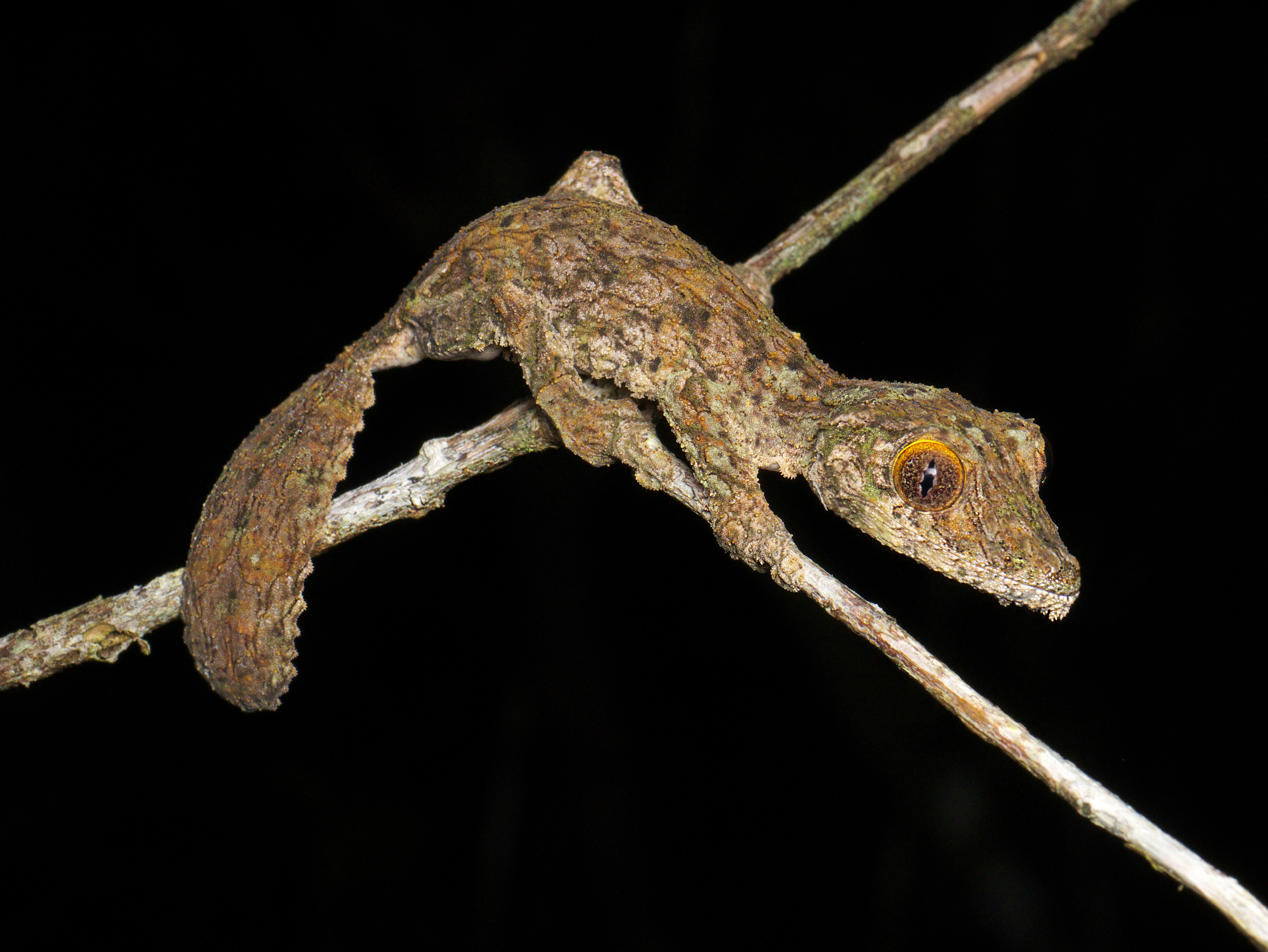
Leaf-tailed geckos are nature’s ultimate imposters, blending so perfectly with dead leaves that they’re nearly impossible to spot. Native to Madagascar, these reptiles have flattened bodies, jagged edges, and mottled skin that mimic decaying foliage, while their tails look just like dried leaves. This disguise helps them dodge predators like birds and snakes that rely on sharp eyesight to hunt. But their camouflage isn’t just about looks—it’s about strategy. Leaf-tailed geckos stay motionless during the day, counting on their disguise to keep them safe, and only become active at night when they’re least likely to be seen. This mix of physical and behavioral tricks makes them some of the best camouflaged animals out there. Their incredible ability to disappear is the result of millions of years of fine-tuned evolution. Over generations, their patterns and shapes have adapted to match their surroundings almost perfectly. Studying them gives us a deeper understanding of how animals evolve to survive—and just how clever nature really is.
3. Octopus
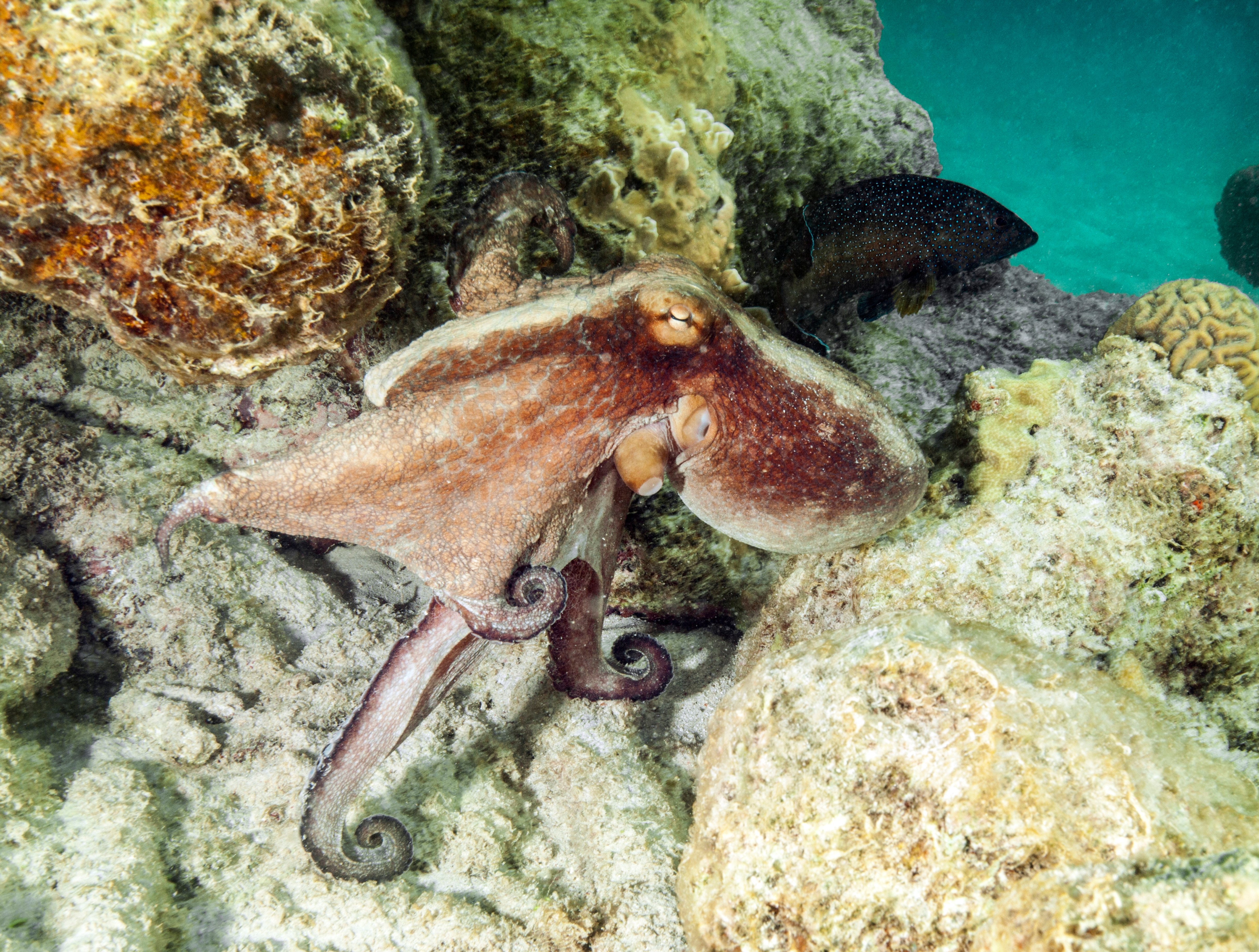
The octopus is the ultimate shape-shifter, able to change color, texture, and even form in an instant. Using specialized skin cells that reflect light, these creatures can blend seamlessly into coral reefs, sandy ocean floors, or rocky crevices—becoming nearly invisible to predators and prey alike. But some octopuses take disguise to the next level. The mimic octopus doesn’t just blend in—it transforms, copying the look and movements of other sea creatures like lionfish, flatfish, and even sea snakes to scare off predators. This mind-blowing ability proves just how intelligent and adaptable these animals are. Scientists studying octopus camouflage have uncovered fascinating insights into how their brains and muscles work together to create instant transformations. Their unique abilities are even inspiring innovations in robotics and materials science.
4. Stick Insect
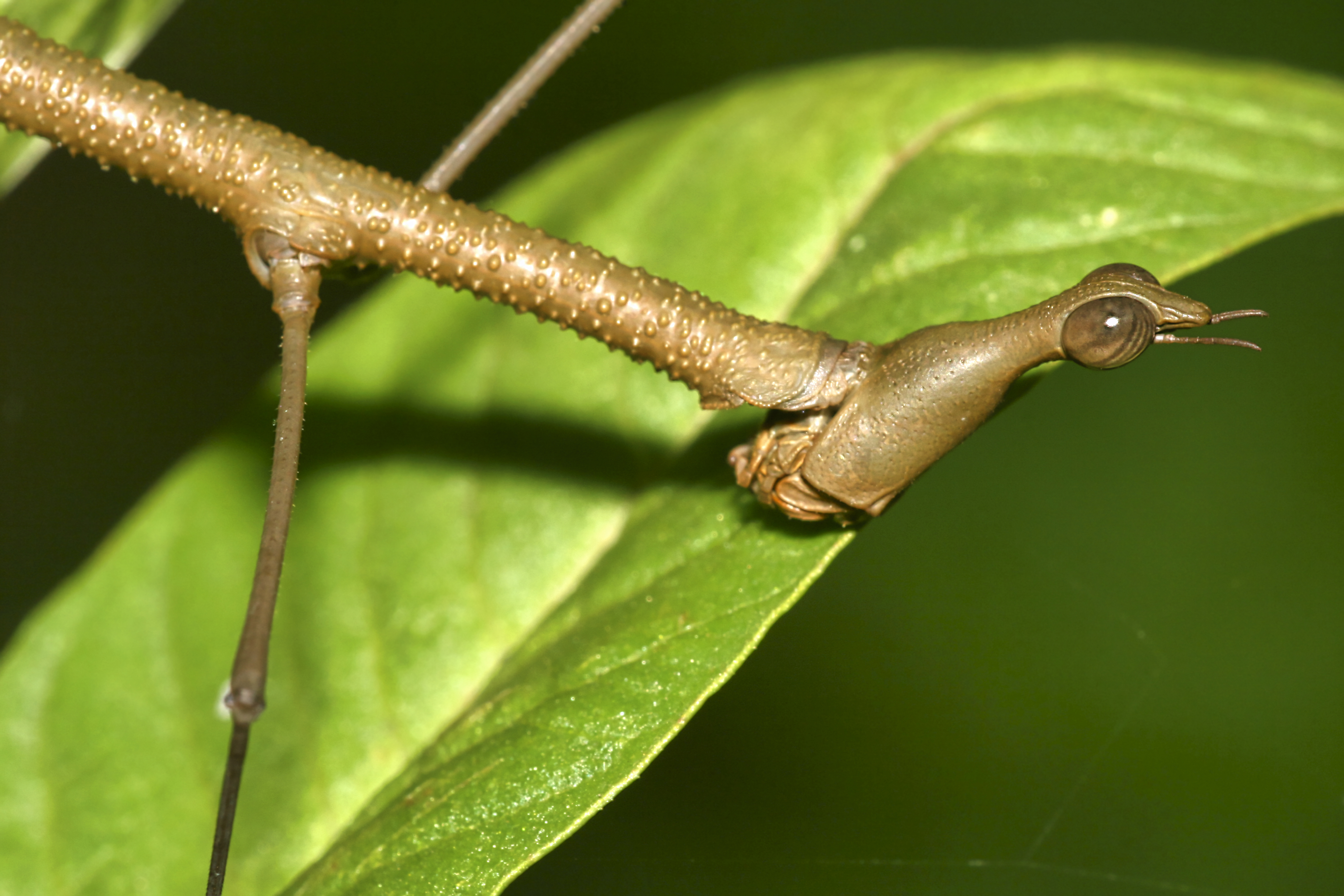
Stick insects are the ultimate masters of disguise, blending so perfectly with twigs and branches that they can stand in plain sight without being noticed. Their long, slender bodies, jointed limbs, and natural coloring make them nearly invisible to predators like birds and reptiles that hunt by sight. Whether in tropical rainforests or temperate woodlands, their camouflage keeps them safe. But their trickery goes beyond looks—some species even sway gently as if caught in a breeze, making their disguise even more convincing. If attacked, some can regenerate lost limbs, ensuring they stay as inconspicuous as possible. Over millions of years, stick insects have fine-tuned their ability to vanish into their surroundings, proving just how powerful natural selection can be. Studying them gives us a fascinating glimpse into the delicate balance of evolution, where even the smallest creatures can develop astonishing survival skills.
5. Stonefish
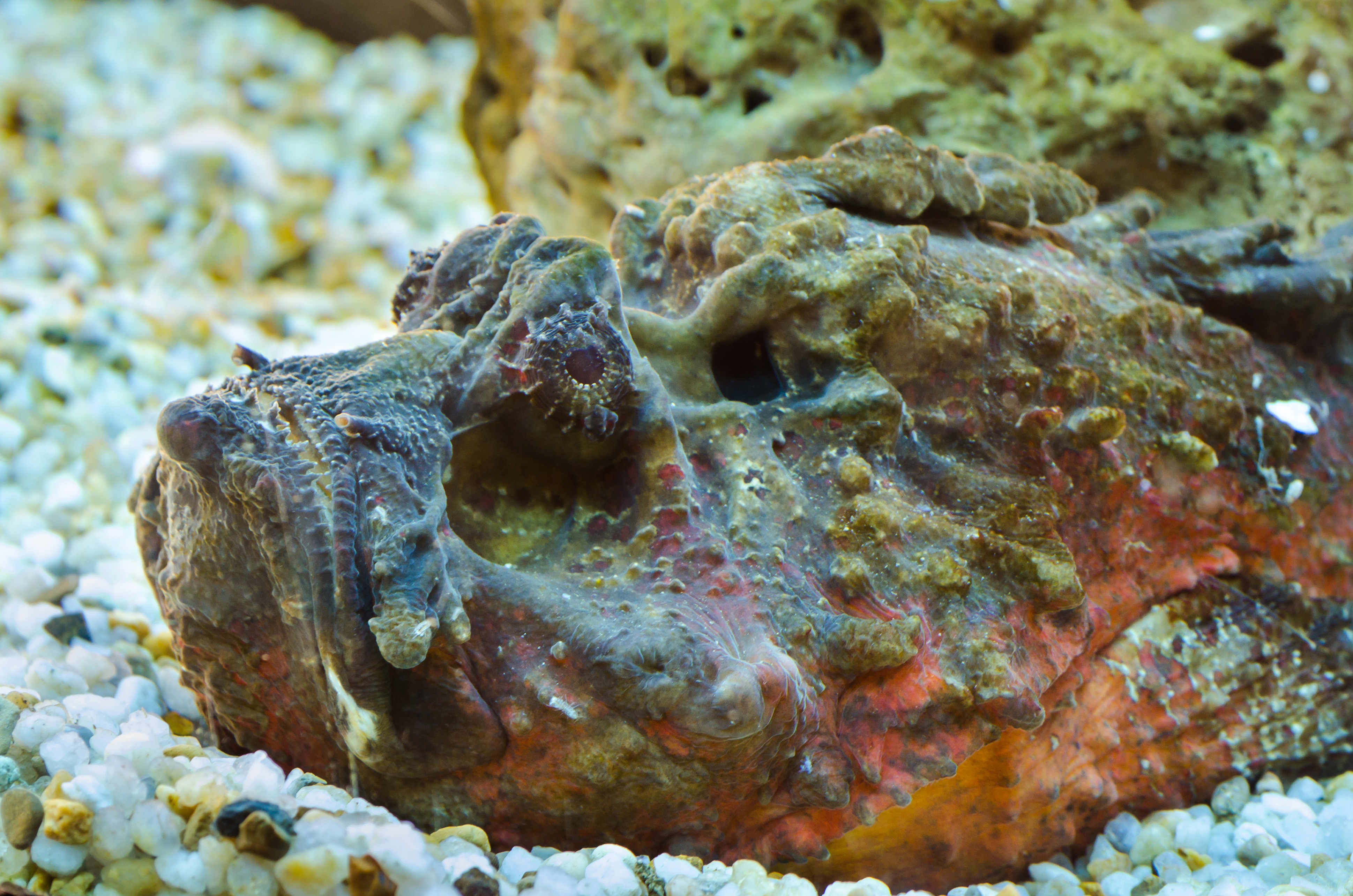
The stonefish is the ocean’s ultimate trickster—one of the most venomous fish in the world, yet nearly impossible to spot. Found in Indo-Pacific waters, it lies motionless on the seafloor, blending perfectly with rocks and coral thanks to its bumpy, mottled skin. This expert camouflage lets it ambush unsuspecting prey with lightning-fast precision. But the stonefish isn’t just sneaky—it’s deadly. Hidden venomous spines make it a nightmare for predators, ensuring that even if spotted, it’s rarely messed with. Despite its dangerous reputation, the stonefish plays a vital role in keeping the reef’s ecosystem in balance. Scientists studying stonefish camouflage are uncovering fascinating details about predator-prey dynamics and evolutionary adaptation.
6. Chameleon
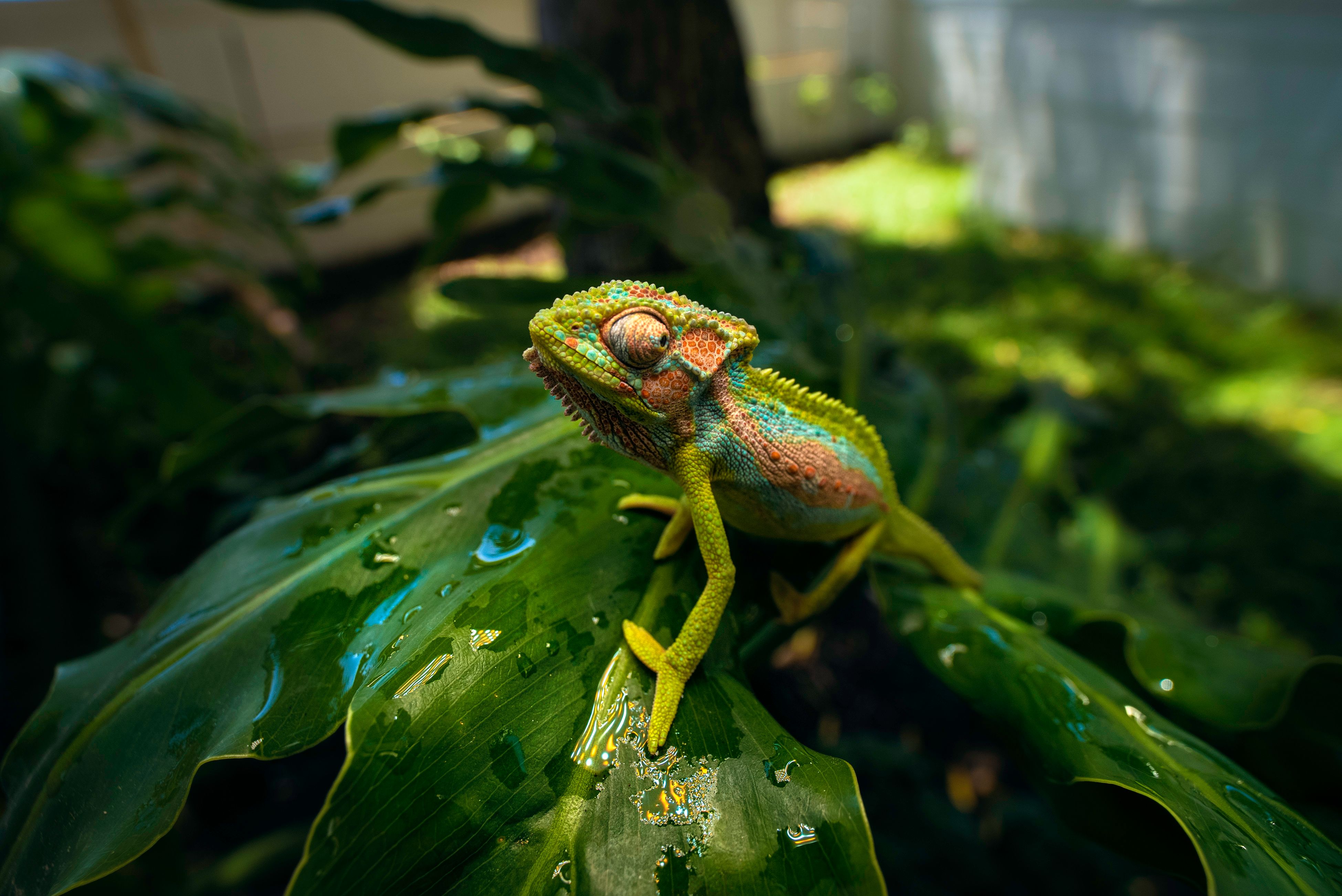
Chameleons are the ultimate color-changing artists of the animal kingdom. Using specialized skin cells, they shift between vibrant hues, not just for camouflage but also for communication and temperature control. With a simple adjustment, they can blend into their surroundings or flash bold colors to send signals to rivals or potential mates. But their camouflage isn’t just about color. Their narrow, laterally compressed bodies help them slip through dense foliage, while their zygodactylous feet give them a firm grip on branches. Add in their independently moving eyes—offering a full 360-degree view—and chameleons become nearly impossible to sneak up on. Scientists studying chameleon camouflage are uncovering fascinating insights into neural control and structural biology, with potential applications in materials science and even robotics.
7. Caddisfly Larvae
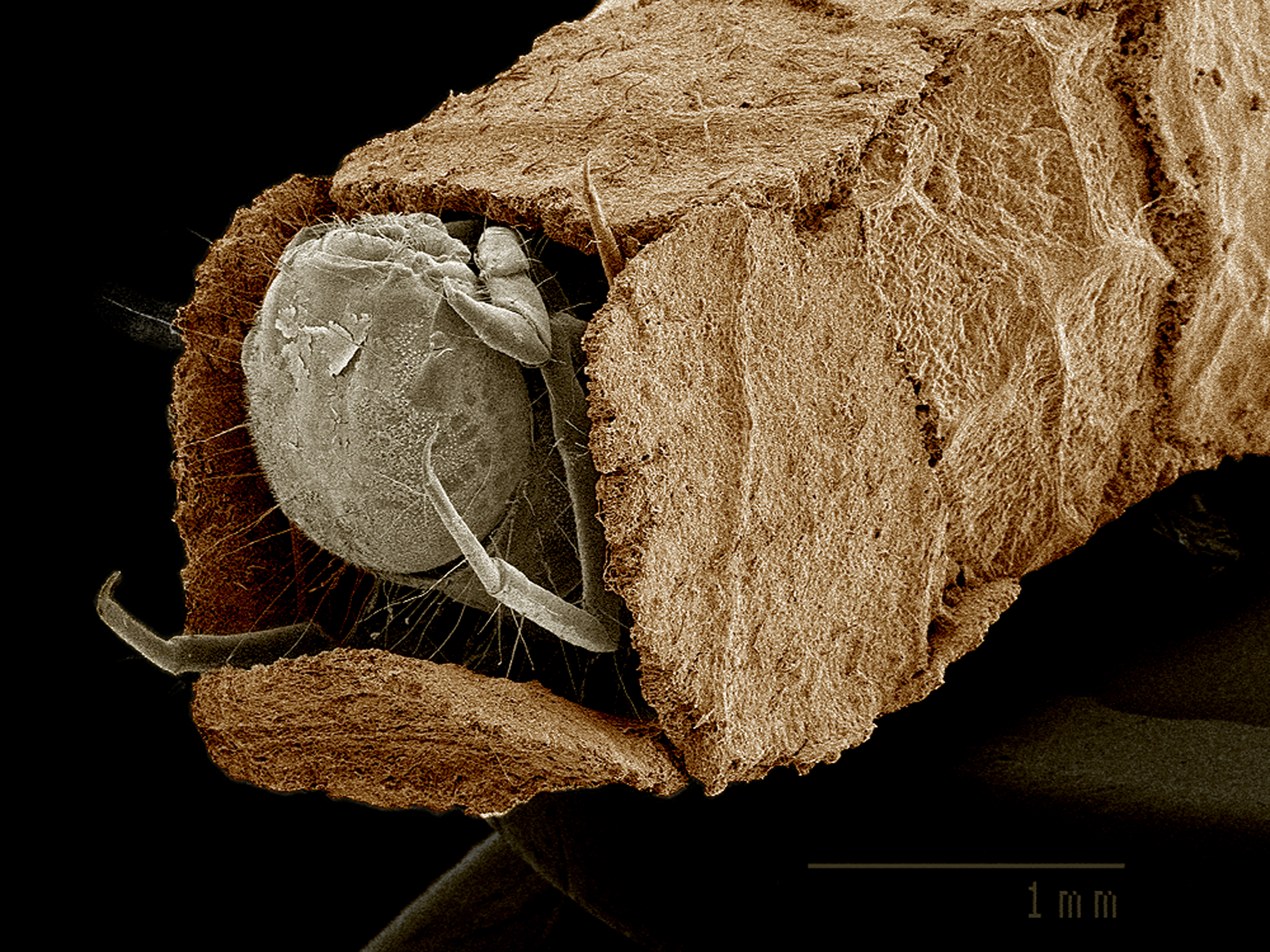
Caddisfly larvae are nature’s tiny architects, building protective cases from whatever’s available—sand, pebbles, plant debris—perfectly blending into their watery surroundings. Using silk from specialized glands, they glue these materials together, crafting shelters that serve as both armor and camouflage, keeping them safe from hungry predators. What makes them even more impressive is their adaptability. They don’t just grab any materials—they carefully select ones that best match their environment, fine-tuning their disguise. These cases also shield them from shifting currents and temperature changes, providing a stable place to grow. Beyond their impressive construction skills, caddisfly larvae play a vital role in freshwater ecosystems. As detritivores, they help break down organic matter, keeping streams and rivers healthy. Scientists are even studying their silk for potential applications in materials science. These tiny engineers remind us that survival often comes down to creativity and resourcefulness.
8. Potoo
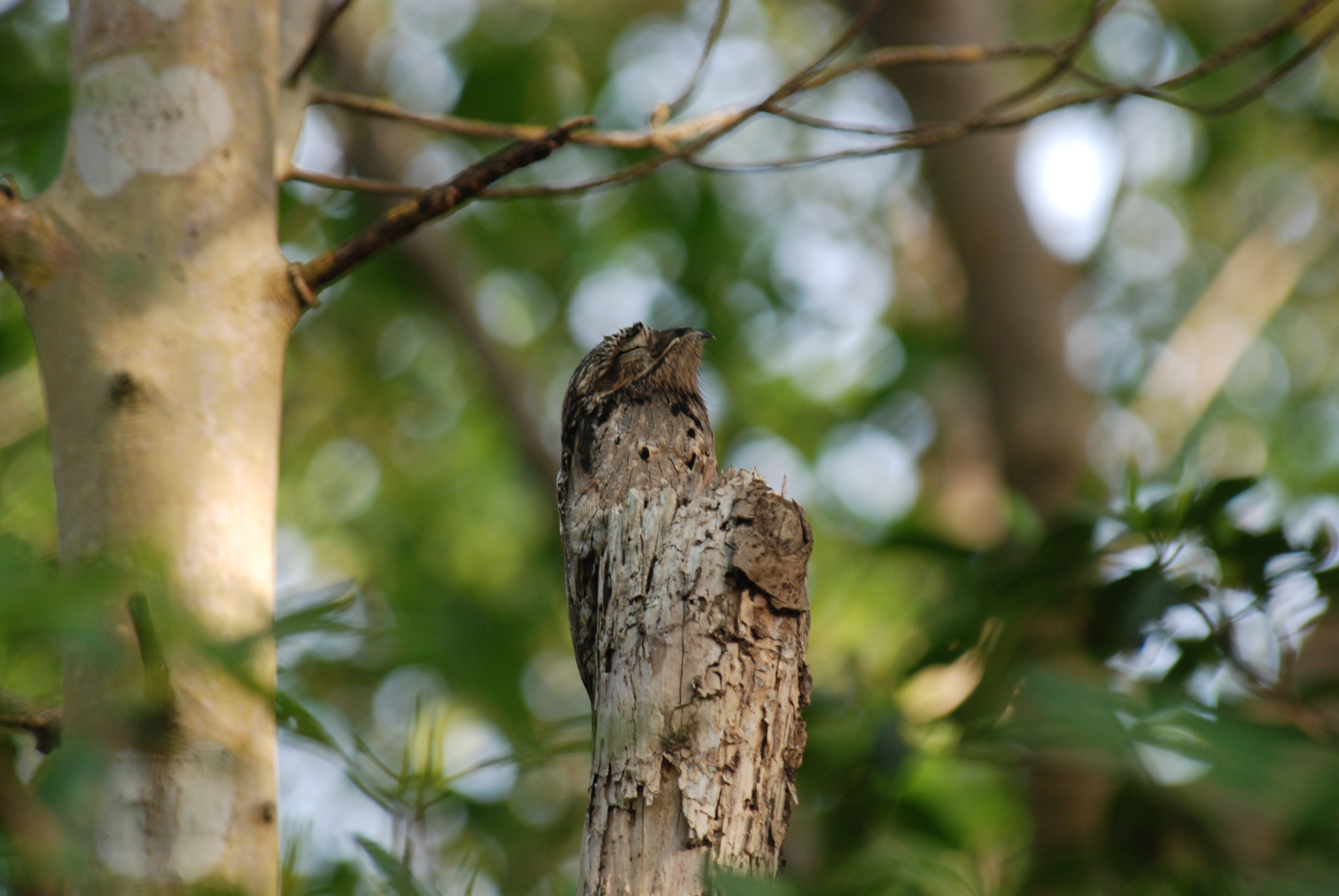
The potoo, a nocturnal bird from Central and South America, is nature’s expert at staying hidden. With mottled feathers that mimic tree bark, it perches motionless on branches during the day, blending in so perfectly that even sharp-eyed predators, like hawks and owls, struggle to spot it. This incredible camouflage allows the potoo to rest undisturbed, saving energy for its nighttime activities. Beyond its looks, the potoo’s behavior enhances its disguise. If threatened, it freezes completely, relying on its appearance to avoid detection. Its large, night-adapted eyes help it spot danger from afar, giving it time to assume its defensive posture. Scientists studying potoos are fascinated by how evolution has shaped their camouflage and behavior. These elusive birds offer insights into the delicate balance of tropical ecosystems and the hidden marvels of the forest canopy.
9. Decorator Crab
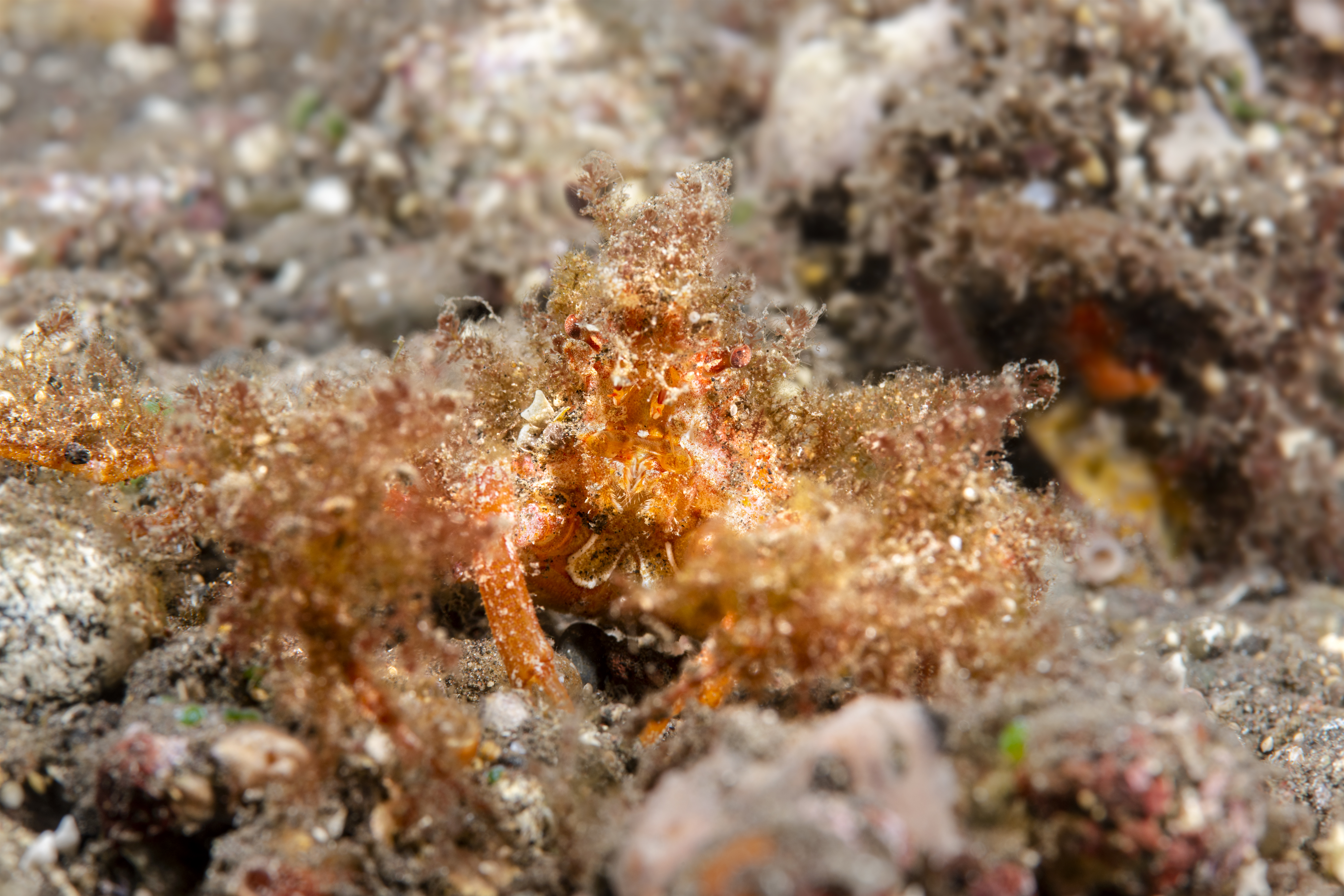
Decorator crabs are the ultimate underwater fashion designers, using bits of seaweed, sponges, and debris to craft their own camouflage. With special hooked hairs on their shells, they attach these materials, blending seamlessly into the ocean floor. This clever disguise keeps them hidden from predators while giving them an edge when ambushing prey. What makes decorator crabs fascinating is their ability to customize their camouflage. They actively choose materials that match their surroundings, showcasing intelligence and adaptability. This resourcefulness not only helps them survive but also highlights the intricate relationship between marine life and its environment. Scientists studying these crabs are intrigued by how their camouflage strategies could inspire innovations in materials science and robotics. As both predator and prey, decorator crabs play a crucial role in maintaining the balance of their ecosystems.
10. Snow Leopard
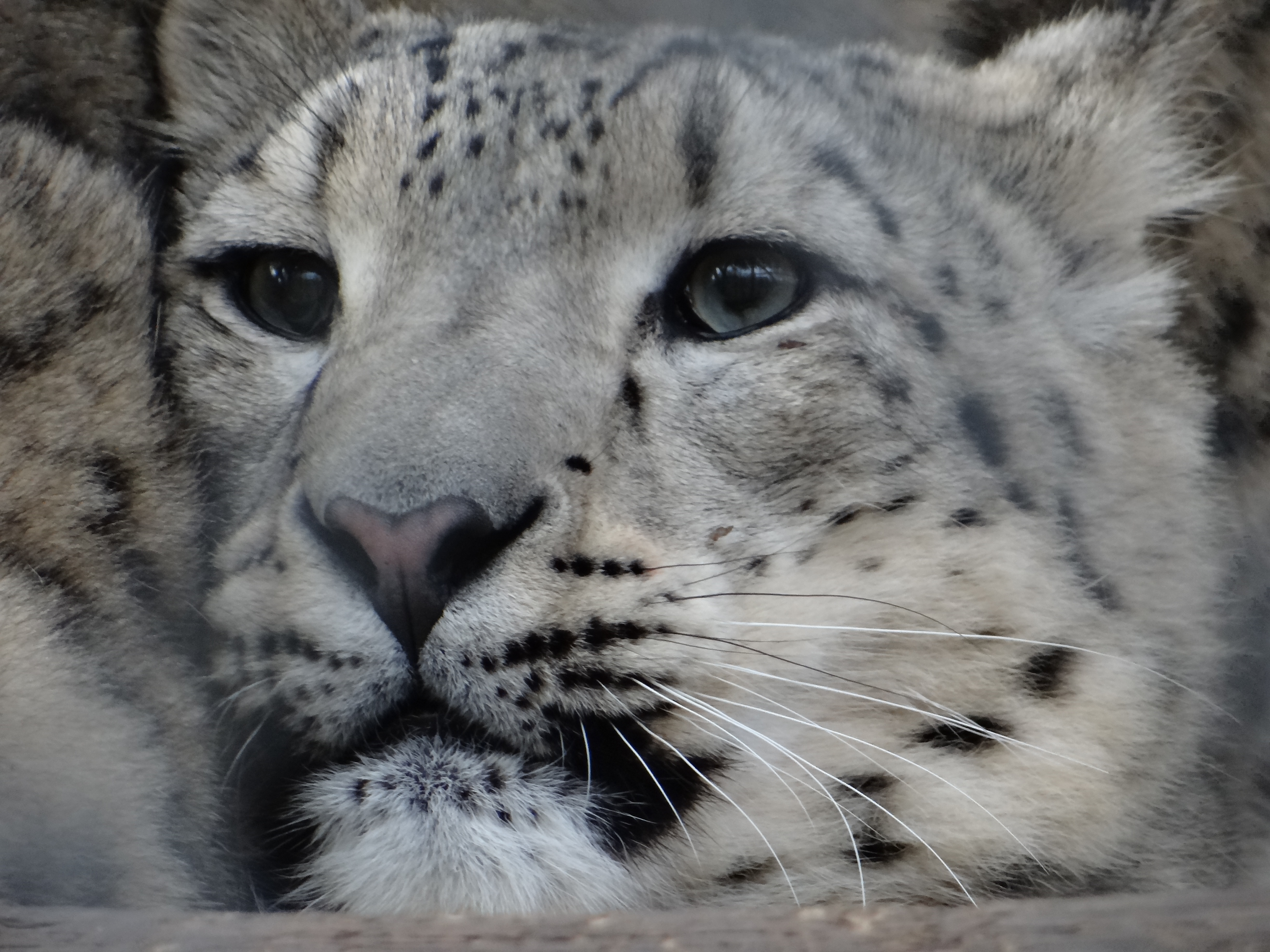
The snow leopard is nature’s stealthy mountain ghost, perfectly blending into the rocky cliffs and snowy slopes of Central and South Asia. Its thick, gray-white fur, patterned with dark rosettes, makes it nearly invisible against the rugged landscape. This incredible camouflage helps the elusive predator stalk prey like ibex and blue sheep, relying on stealth and surprise to hunt. Beyond its appearance, the snow leopard’s quiet, solitary nature adds to its mystique. It moves silently across treacherous terrain, using its powerful limbs and long tail for balance. Its ability to remain unseen is key to both avoiding threats and ambushing prey. Scientists studying snow leopards are fascinated by how their camouflage and behavior help them survive in such extreme conditions. However, habitat loss and human–wildlife conflict threaten their future amidst efforts to preserve their way of life.
Across land, sea, and sky, animals have evolved in such remarkable ways to blend in, outwit predators, and stalk prey. Whether it’s a chameleon shifting colors, a cuttlefish altering its texture, or a leaf-tailed gecko vanishing into the forest, each species has spent millennia perfecting its camouflage to fit its environment. But disguise is more than just looking the part—it’s a survival strategy woven into behavior, movement, and even intelligence. Some creatures mimic dangerous animals, while others manipulate their surroundings to stay hidden. These adaptations showcase the deep connections between life and environment, where even the smallest advantage can mean the difference between life and death.







